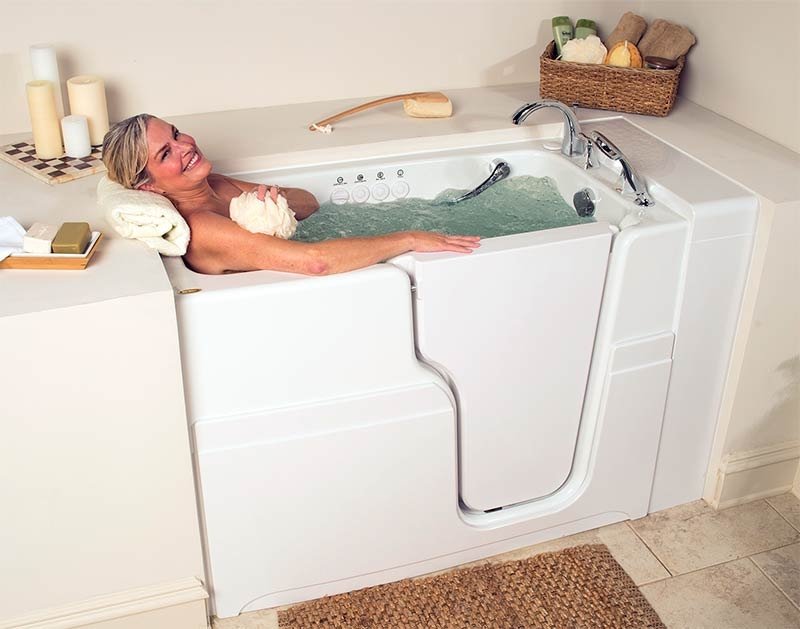What Does a Senior-Friendly Bathroom Renovation Require in 2025?
As the U.S. population ages, bathroom renovations prioritizing safety and accessibility are becoming essential. With 25% of Americans projected to be over 60 by 2025, incorporating barrier-free designs and smart technology into bathroom renovations is no longer optional—it's a necessity for aging in place.
1. Safety First: Core Features of Modern Bathroom Renovations
A senior-friendly bathroom renovation starts with eliminating fall risks. Walk-in tubs with low thresholds, slip-resistant flooring, and strategically placed grab bars are now standard. According to CDC data, 80% of bathroom falls occur near the tub or shower, making these upgrades critical. Modern bathroom renovations also integrate emergency call systems linked to cell phones or smartwatches. For households in colder states like Minnesota, heated floors and anti-fog mirrors add comfort while reducing hazards.
2. Smart Tech and Energy Efficiency in 2025 Bathroom Renovations
Today's bathroom renovations blend accessibility with sustainability. Voice-controlled faucets, motion-sensor lighting, and thermostatic showers are trending. Energy-efficient upgrades like WaterSense-certified fixtures can save households up to $380 annually on utility bills. For example, tankless water heaters—popular in California bathroom renovations—reduce energy use by 30%. Looking ahead, AI-powered systems that adjust water temperature based on user preferences will dominate 2025 bathroom renovation projects.
3. Costs and Government Support for Bathroom Renovations
The average bathroom renovation in the U.S. costs 15,000–35,000, but federal and state programs can offset expenses. Medicaid's Home and Community-Based Services (HCBS) waivers offer up to 7,500 for accessibility upgrades in eligible states. The USDA's Rural Repair & Rehabilitation Grants provide 10,000 for low-income seniors. To save costs, focus on partial renovations: retrofitting a walk-in shower instead of full remodels can cut budgets by 40%. Always request itemized quotes to compare labor and material fees.
4. Maintenance Tips to Extend Your Bathroom Renovation's Lifespan
Post-renovation care ensures longevity. Clean grout lines monthly to prevent mold—a major issue in humid states like Florida. Inspect silicone seals around tubs annually, and replace worn grab bars immediately. For homes with hard water, install a water softener to protect fixtures. Many 2025 bathroom renovation materials, like quartz composite tubs, offer 10+ year warranties, but proactive upkeep remains key. Schedule professional inspections every 5 years to address hidden leaks or electrical issues.
5. The Future of Bathroom Renovations: IoT and Health Monitoring
By 2025, bathroom renovations will prioritize health integration. Sensor-equipped floors could detect balance issues, while smart mirrors might track blood pressure via facial recognition. Companies like Kohler are piloting tubs with built-in ECG sensors for cardiac monitoring—a game-changer for seniors with chronic conditions. These innovations align with Medicare's push for “hospital-at-home” care, reducing ER visits through preventative tech.
Conclusion
A senior-friendly bathroom renovation in 2025 demands a mix of safety, sustainability, and smart innovation. From slip-resistant tiles to Medicaid-funded walk-in tubs, every detail impacts independence and safety. As technology evolves, bathroom renovations will increasingly bridge healthcare and daily living. Consult certified contractors and explore state-specific grants to create a space that supports aging gracefully—and securely.
